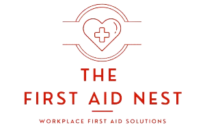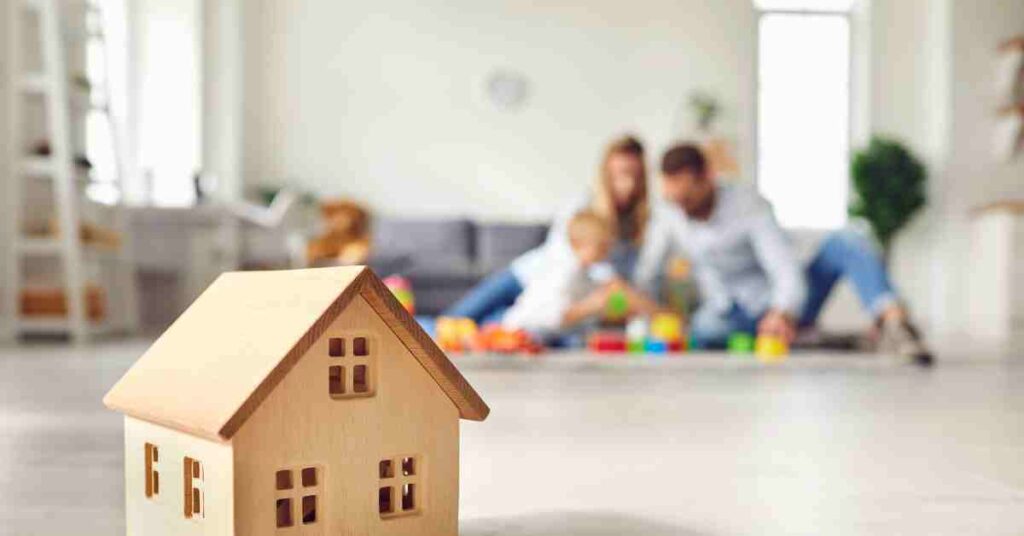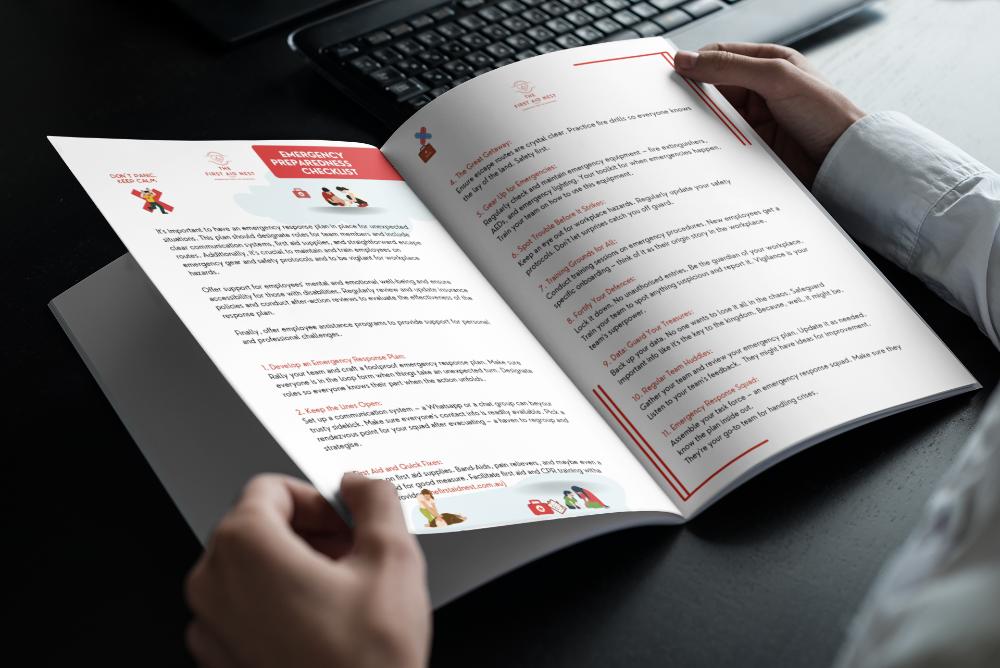Common Household Hazards for Babies and How to Prevent Them
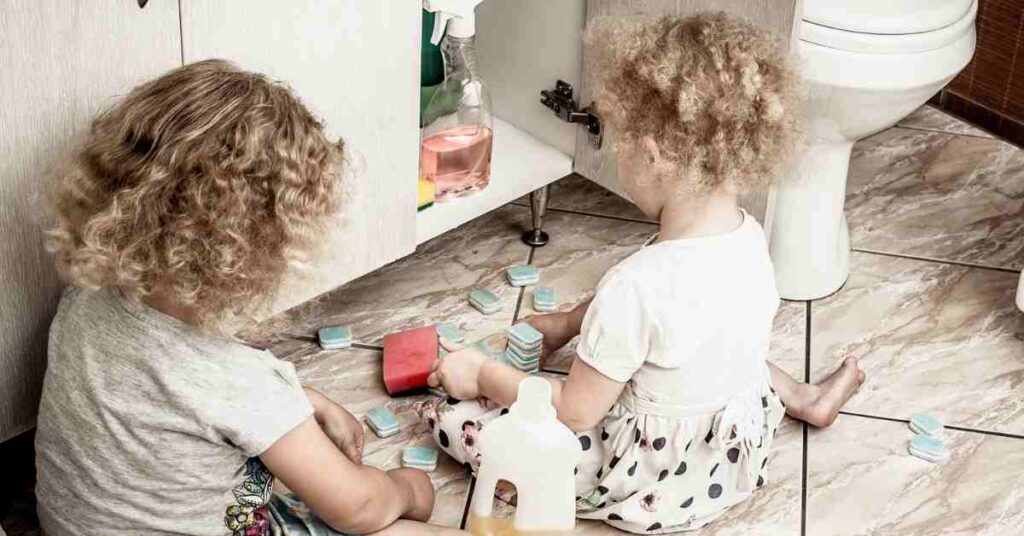
Welcoming a baby into your home is a joyous occasion, but it also comes with the responsibility of creating a safe environment. Babies are naturally curious and love exploring their surroundings, which can sometimes lead to accidents. The good news is that many common household hazards can be identified and prevented with a few simple precautions.
This blog will highlight some of the most frequent dangers in the home and provide practical tips to help you baby-proof effectively.
1. Choking Hazards
Babies explore the world by putting things in their mouths, which increases the risk of choking. Small objects like coins, buttons, and toys with detachable parts can pose serious dangers.
Prevention Tips:
- Regularly check floors and low surfaces for small objects within a baby’s reach.
- Choose age-appropriate toys without small parts.
- Keep items like batteries, marbles, and jewellery stored securely out of reach.
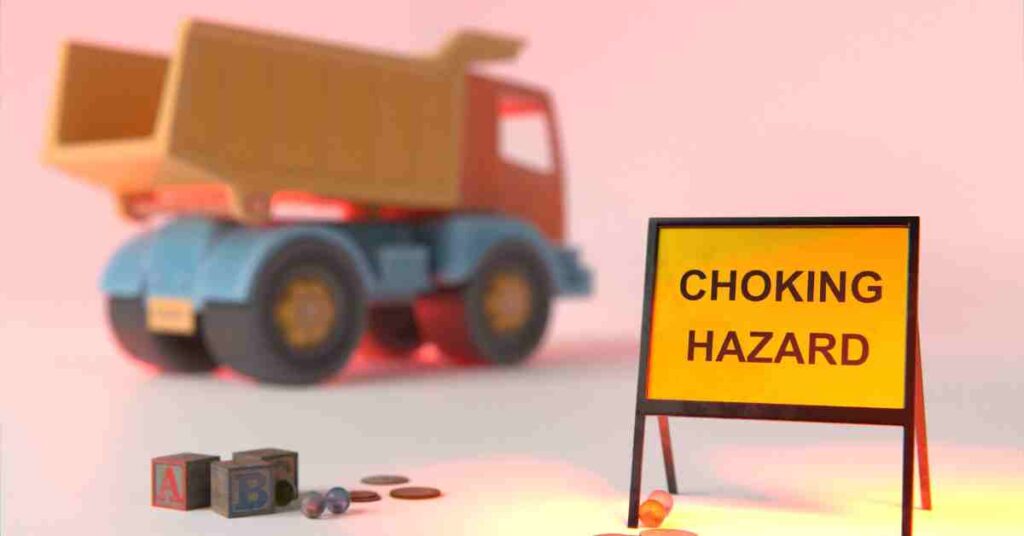
2. Poisoning Risks
Common household items like cleaning products, medications, and even some plants can be toxic if ingested.
Prevention Tips:
- Store cleaning supplies and medicines in cabinets with childproof locks.
- Keep personal care items like makeup and hand sanitisers out of reach.
- Be cautious about plants in your home; some can be harmful if touched or eaten.
Fact: According to the Australian Poisons Information Centre, children under five account for the majority of accidental poisonings reported each year.
3. Falls
Falls are one of the leading causes of injury in young children. As babies learn to crawl, stand, and walk, they’re at risk of tumbling off furniture, down stairs, or onto hard surfaces.
Prevention Tips:
- Install safety gates at the top and bottom of stairs.
- Never leave babies unattended on high surfaces like changing tables, sofas, or beds.
- Use corner and edge protectors on furniture to soften impacts.
4. Burns and Scalds
Hot drinks, stovetops, and baths can cause burns or scalds in seconds.
Prevention Tips:
- Keep hot drinks and pots away from the edges of counters and tables.
- Turn pot handles inward on the stove to prevent accidental grabbing.
- Always test bathwater temperature before placing your baby in.
- Alot of water heaters can be set a maximum temperature to avoid scalding water
Did You Know? Water above 50°C can cause severe burns in just five seconds.
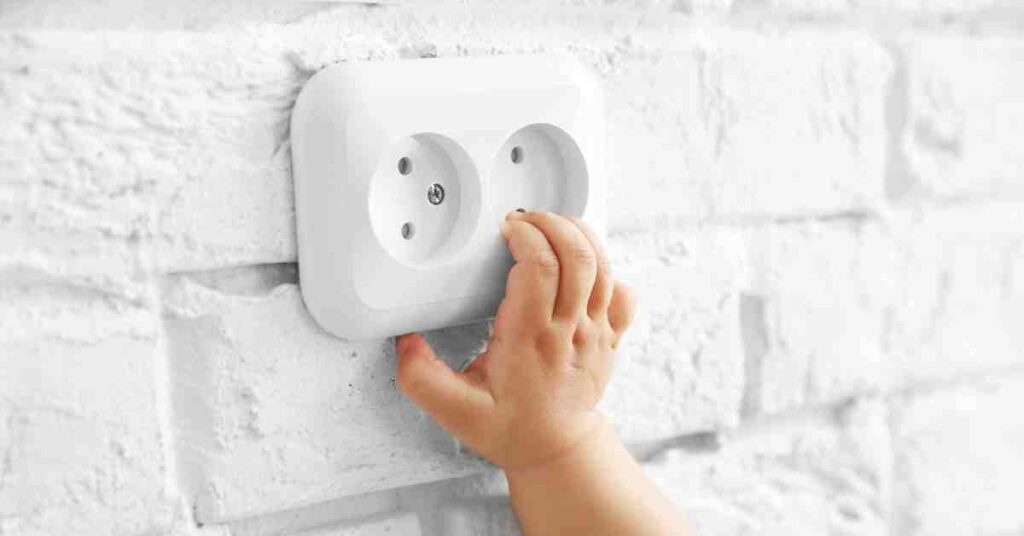
5. Electrical Hazards
Curious fingers can easily find their way into electrical outlets or tug at appliance cords, leading to shocks or other injuries.
Prevention Tips:
- Use outlet covers or safety plugs on all unused electrical sockets.
- Keep cords from appliances and chargers tucked away or secured.
- Avoid placing heavy objects like lamps where they could be pulled over.
6. Drowning Risks
Even a small amount of water can pose a serious drowning risk for babies. Bathrooms, kitchens, and outdoor areas like pools require special attention.
Prevention Tips:
- Never leave your baby unattended in the bath, even for a moment.
- Empty buckets, basins, and paddling pools immediately after use.
- Use safety barriers or pool covers for any water features in your yard.
Fact: The Royal Life Saving Society Australia states that drowning is one of the leading causes of accidental death in children under five.
7. Suffocation and Strangulation Hazards
Items like plastic bags, blinds cords, and bedding can pose risks of suffocation or strangulation.
Prevention Tips:
- Keep plastic bags and wrapping materials out of reach.
- Use cordless blinds or secure cords high and out of a baby’s reach.
- Ensure your baby’s sleep area is free from pillows, blankets, and stuffed toys.
Creating a Safer Home
Baby-proofing your home doesn’t have to be overwhelming. Start by identifying potential hazards in each room and taking steps to mitigate risks. Regularly inspect your home as your baby grows and becomes more mobile, as new dangers can emerge over time.
By taking these simple precautions, you can create a safer environment that allows your baby to explore and learn without unnecessary risks.
Want more? We’ve got you covered…
Our Baby First Aid Courses
Our baby first aid courses are available in person in your home and online. We run classes in your home with groups of 2, 4 or up to 10 in Sydney & Melbourne and you can book in 3 easy steps!
- Pick your class
- Follow the prompts to purchase
- We will contact you within 24 hours to lock in your date of choice
Our First Aid Certificate Courses
We run most of the popular first aid courses Australia wide. HLTAID011 Provide First Aid, HLTAID009 Provide CPR, HLTAID012 Provide First Aid in an Education & Care Setting, RAMOAP (anaphylaxis), Mental Health first aid and CPR/LVR to name a few.
Book your public spot online or contact us if you have a group of 5+ people for onsite training.
Here are some other resources you may enjoy!
FREE GUIDE: Your Virtual Baby First Aid Kit
FREE GUIDE: Introducing Common Allergy Foods & Allergic Reactions
FREE Workplace Emergency Preparedness Plan: Grab this at the bottom of every page!
Follow for baby & child first aid and allergy info and tips on Instagram & TikTok, all @thenestcpr
